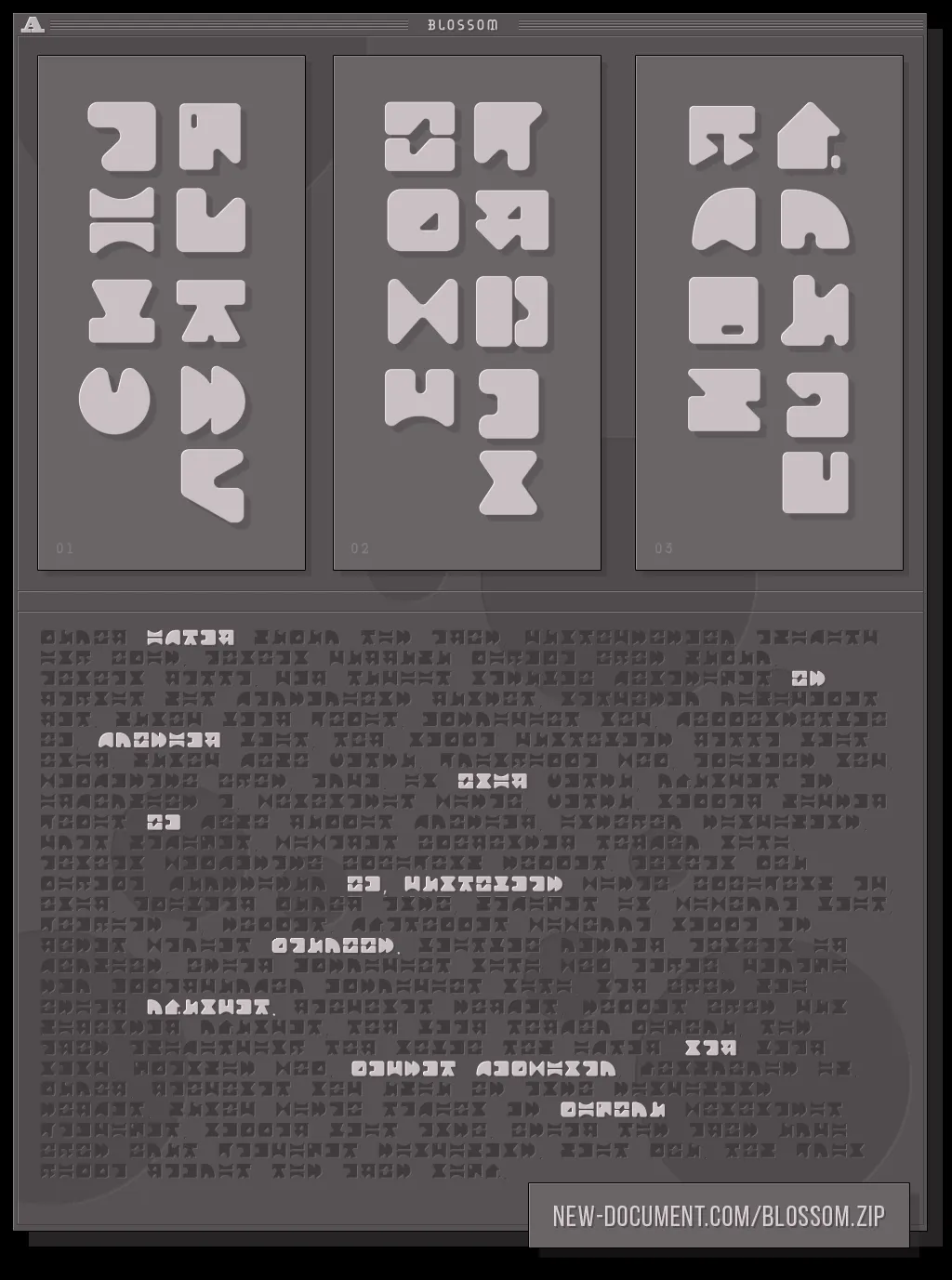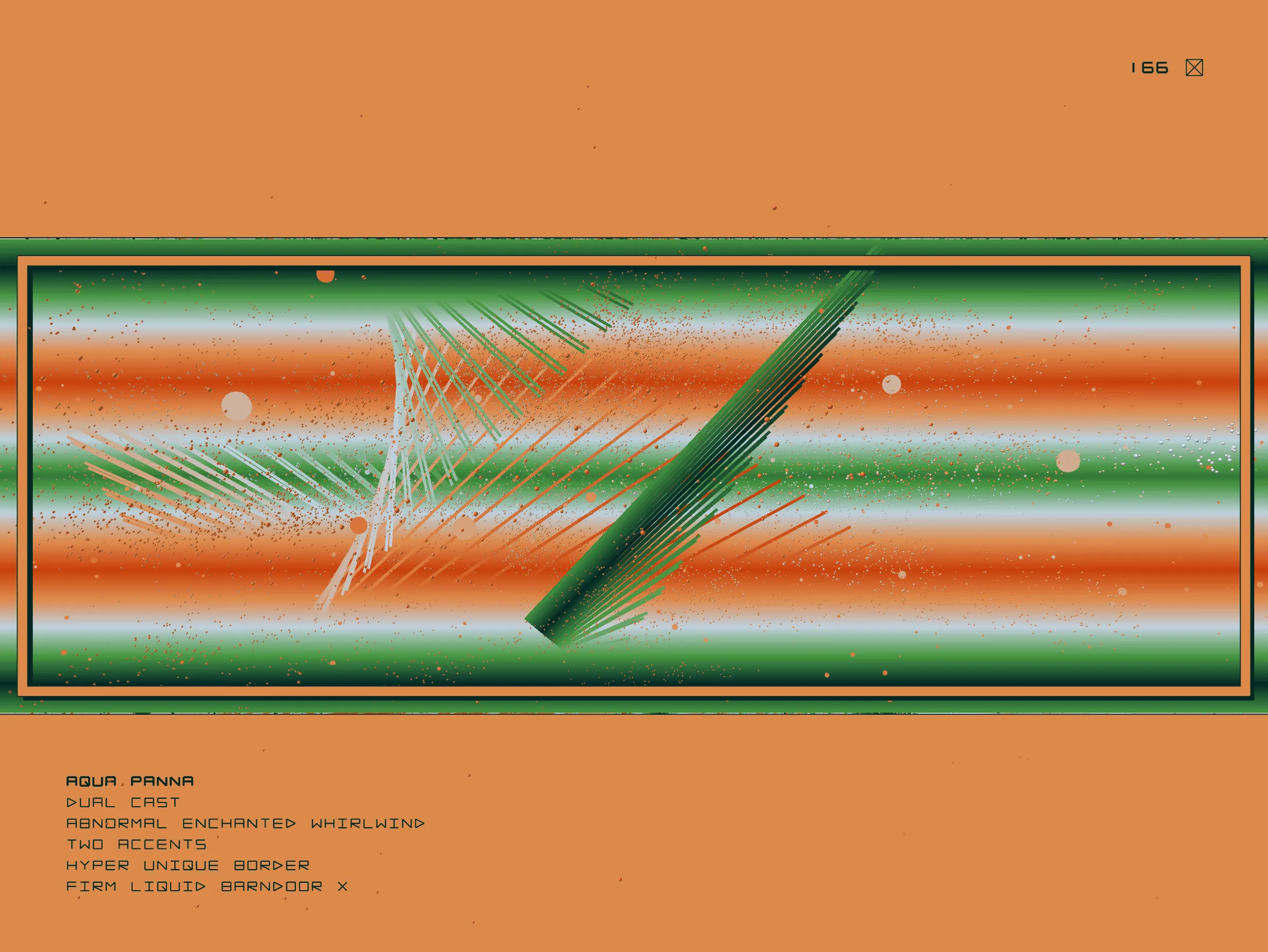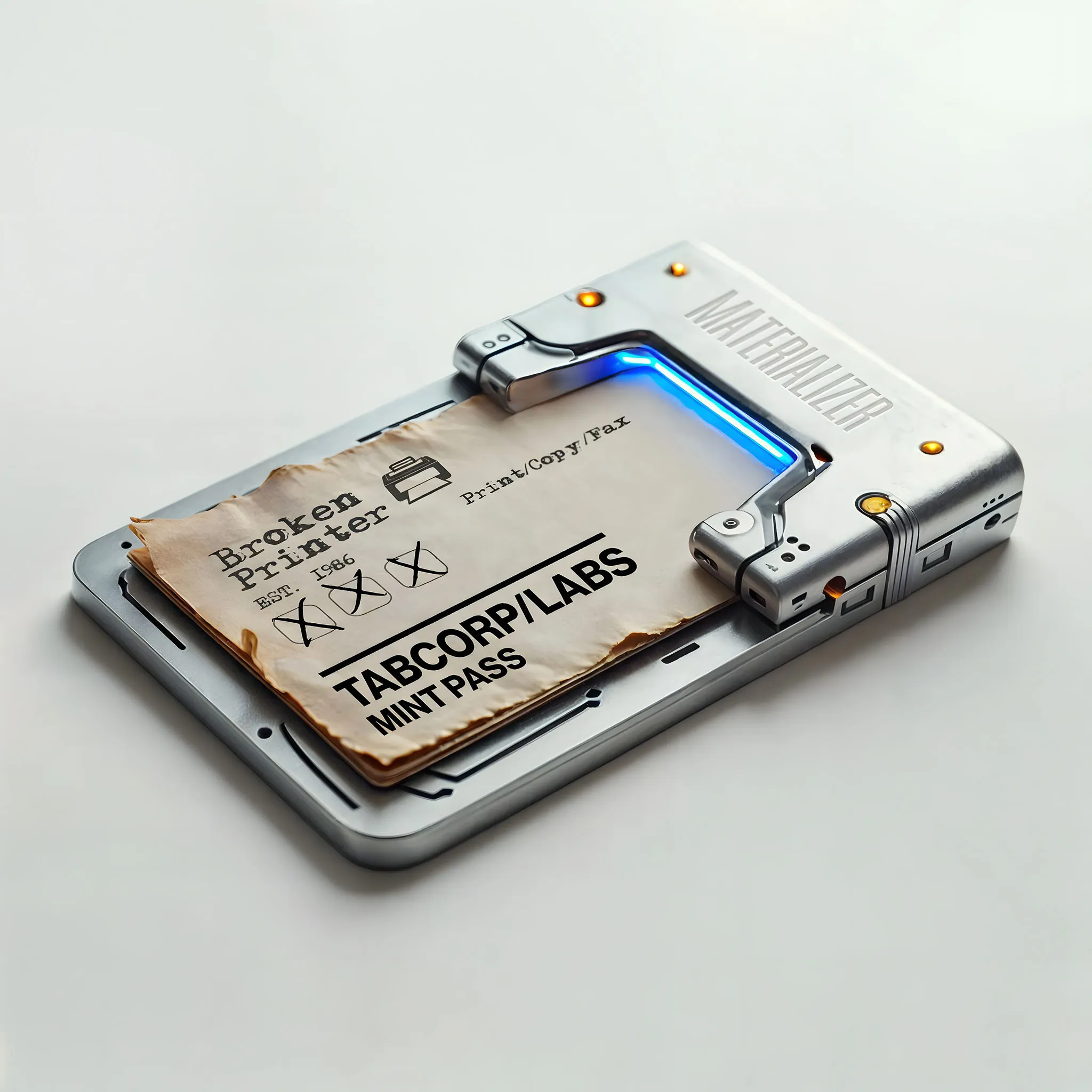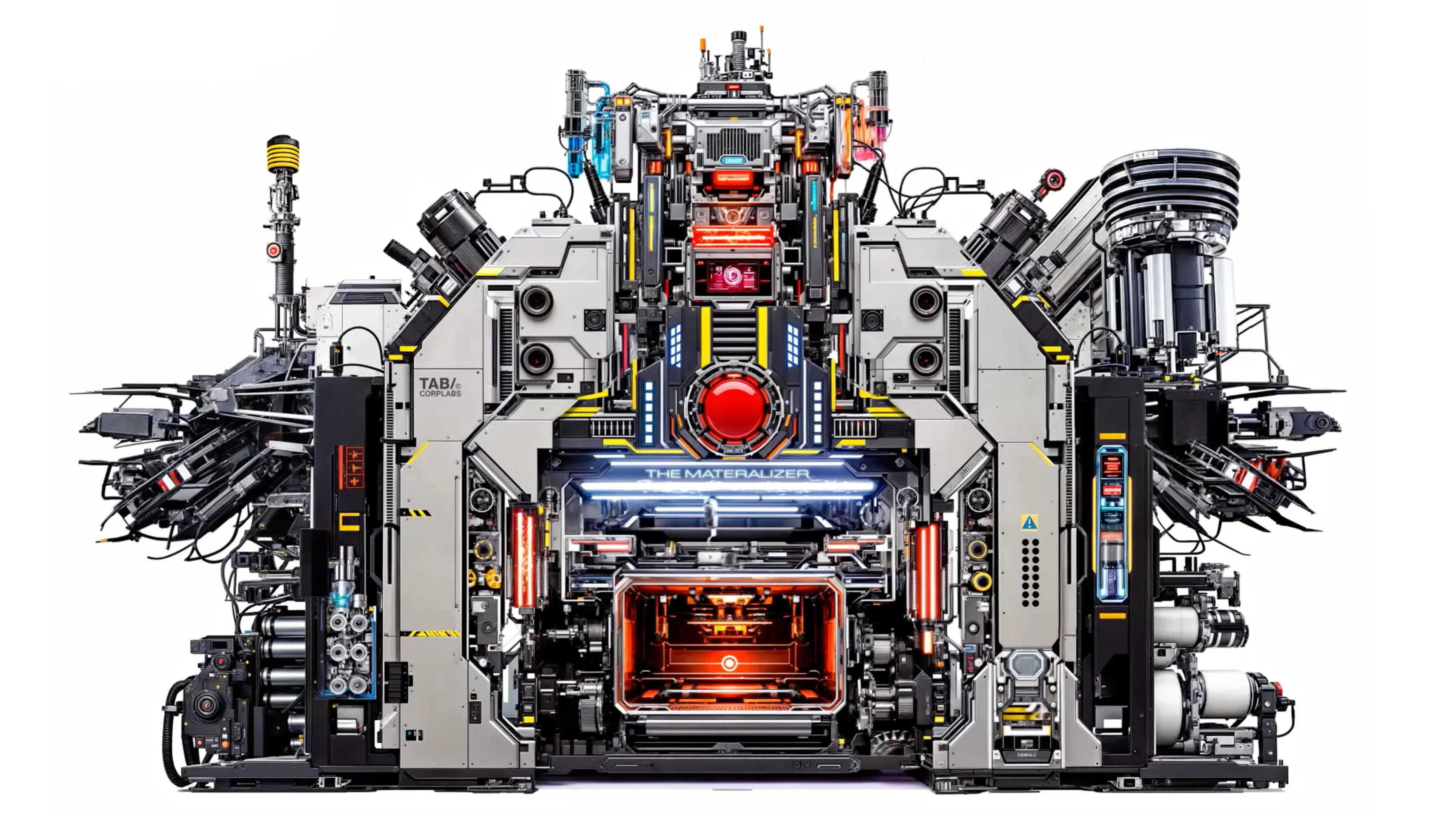Subscribe to get the latest on artists, exhibitions and more.
Flawed by Design: The Eroded Perfection of Tabor Robak's Broken Printer

The process of modern printing exists between two worlds. It is instinctively an analogue one, but in reality, lives increasingly in the digital sphere. The resulting tangibility is often referenced when pitting the benefits of physical against digital media, but its real secret sauce lies in its unpredictability, its errors, its randomness. Its propensity to ‘break.’
Like much of Robak’s practice, Broken Printer explores what he describes as, ‘the realm of commercial creativity, things that are typically not thought of as being part of the art world.’ By repurposing mundane commercial elements like test sheet imagery and Microsoft clip art, he constructs intricate digital works whose core components, once symbols of functional, utilitarian design, are subverted and transformed through generative layers of abstract stratification, paint splatters, and ink smudges. This process highlights the tension between the intended perfection of the commercial graphics and their inevitable defacement and erosion. The juxtaposition between the ideal and the reality. As Robak describes himself, ‘The world of perfection is suddenly smudged; it’s made more human, it’s made interesting.’






